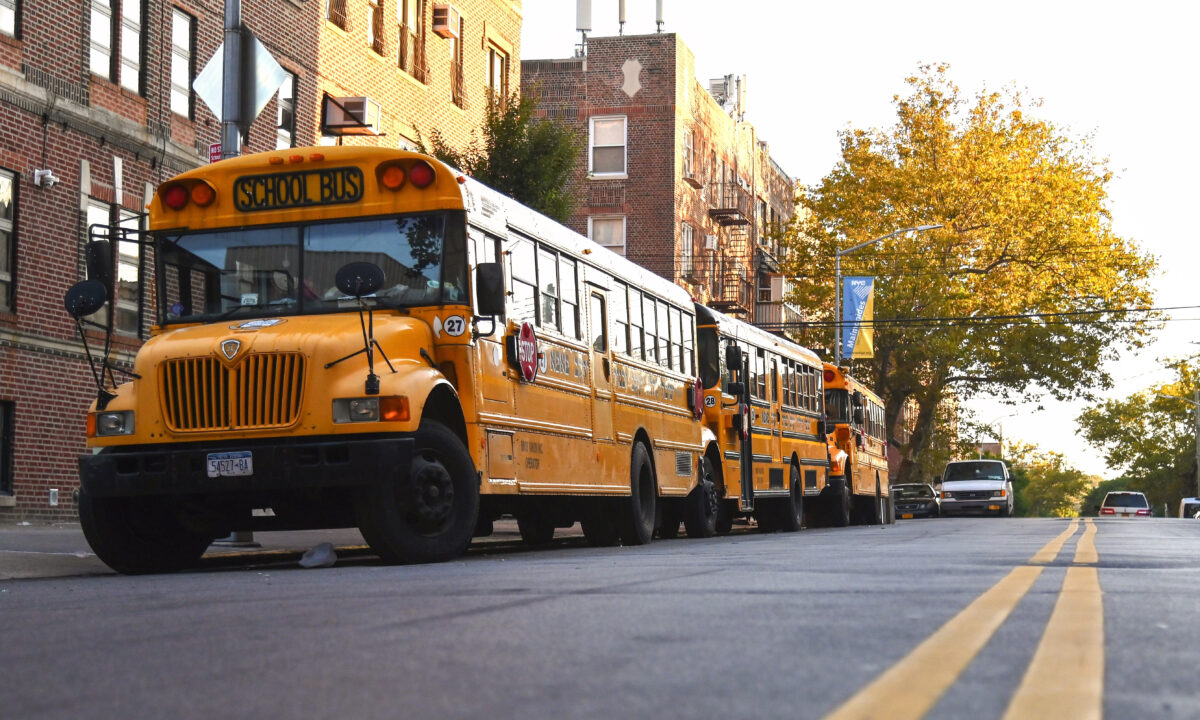February 1 will mark two years since Pittsburgh Public Schools’ (PPS) board of directors tabled a resolution to close six school buildings. Those closures were part of a plan to relocate, reconfigure, add and close school programs that was estimated to produce net capital savings of $46.1 million and annual operations savings of $2.6 million.
At the time of the board’s action, the district’s buildings had an average age of 87 years and the average functional age (number of years since last major renovation) was 40 years. The district’s utilization percentage (enrollment divided by functional capacity, which is how building space is used and can change annually) was 55 percent with 20,370 students and capacity for 36,924.
Besides buildings getting two years older, PPS’ enrollment has continued to fall. The enrollment count taken on Oct. 1, 2022, shows there were 18,660 K-12 students, a 2.6 percent decrease from Oct. 1, 2021. If the functional capacity of buildings did not change, the utilization percentage fell.
Having excess space compounds the problem of PPS’ high costs, driven by buildings as well as personnel. The district’s 2021 Annual Comprehensive Financial Report (ACFR) shows that from 2019 to 2021, school enrollment decreased 11 percent. Though instructional employees decreased by 10 percent in that time frame, headcount in administration, pupil affairs and food service employees had double-digit percentage growth.
Overall, total employee count fell from 4,002 to 3,955, or 1.2 percent. If employee headcount fell at the same pace as enrollment, PPS would have had 3,562 employees in 2021. The cost per pupil was a stunning $34,343.
Moving forward with closing buildings and selling them is imperative for PPS to benefit the district’s taxpayers. A Policy Brief from three years ago (Vol. 20, No. 5) detailed PPS’ effort to sell four buildings and a parcel of land. A review of those properties show two buildings sold in 2021 and are now taxable and no longer the responsibility of taxpayers. That’s good. But things could be a lot better if the remaining properties are sold.
Consider that at the end of 2021, 10 months after the board tabled the building closure resolution, the property tax rate increased from 9.95 mills to 10.25 mills. That might have been avoided if there was more emphasis on reducing costs.
What would taxpayers choose for 2024, a district with a smaller footprint that has sold off buildings and realigned schools or another millage increase? It is likely the former, which should prompt the board and the administration to move in that direction.


